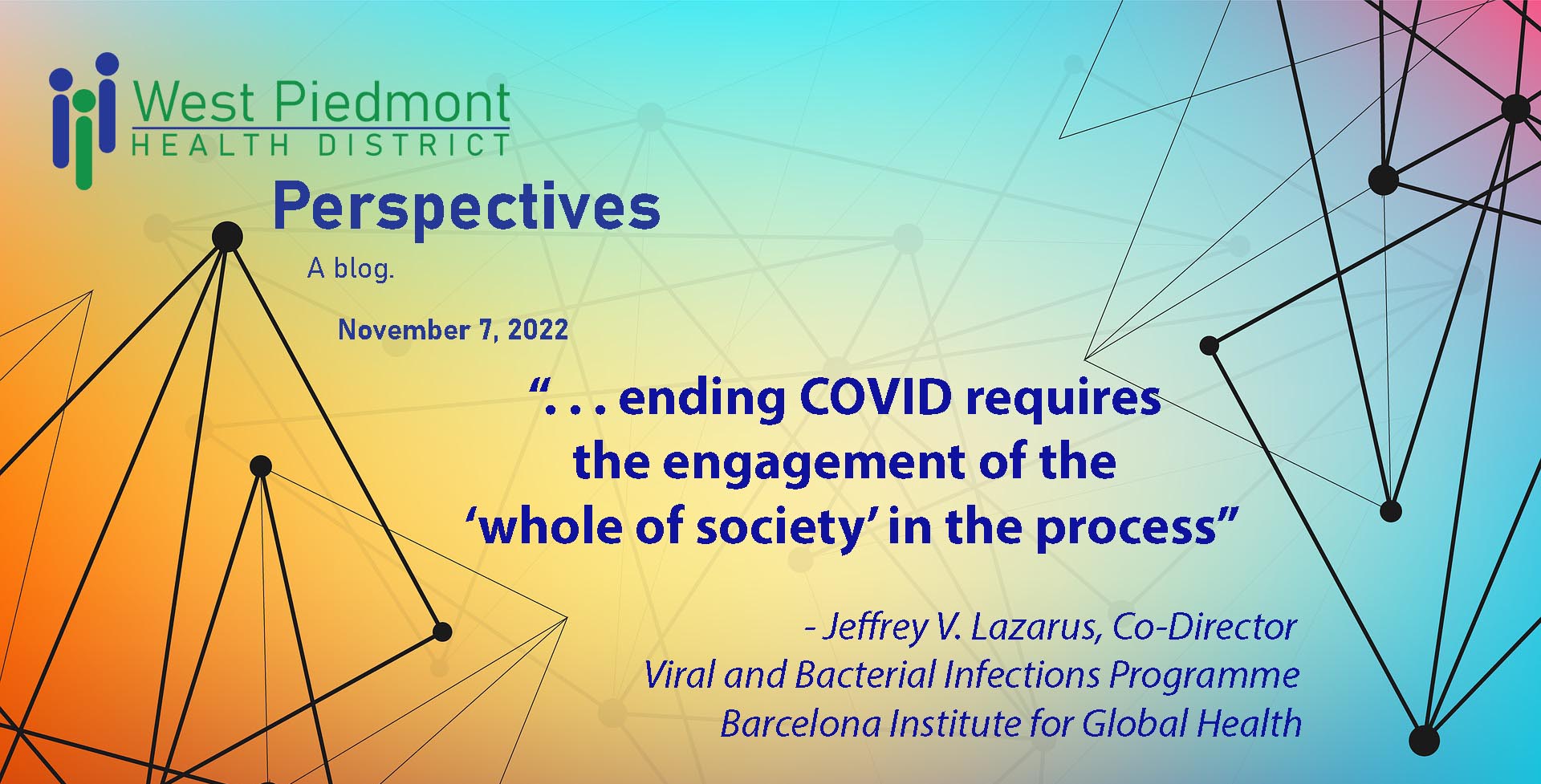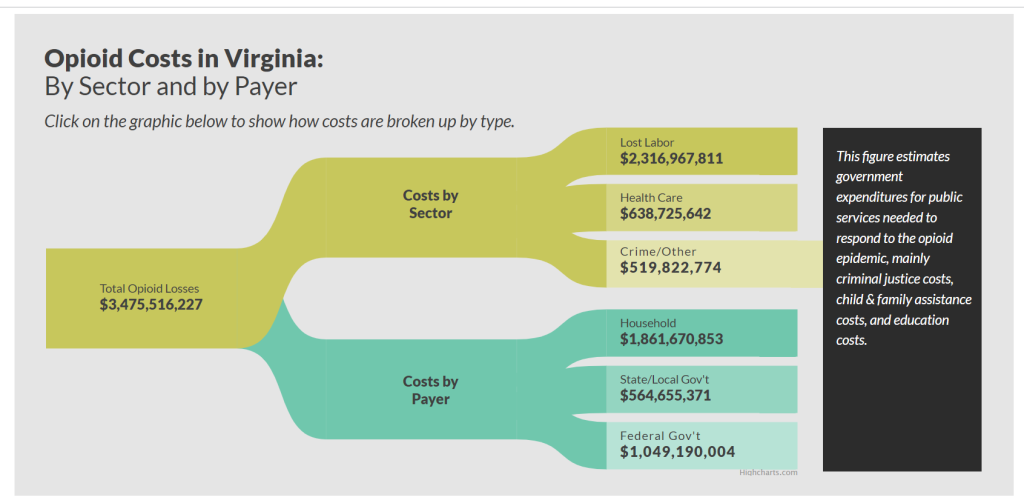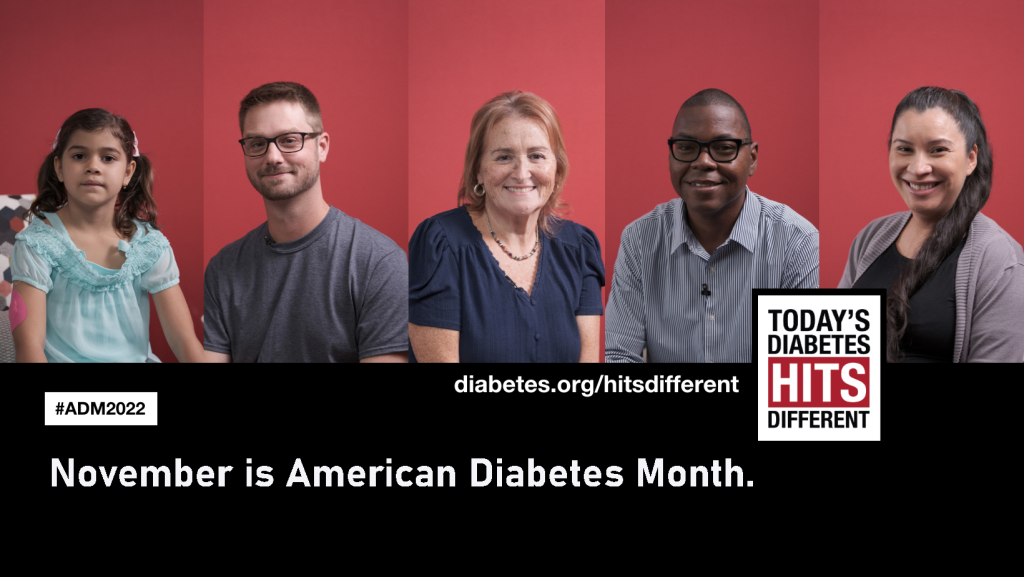
Focus on Facts
-West Piedmont Health District offices will be closed on Tuesday, Nov. 8 for Election Day and on Friday, Nov. 11 for Veterans Day.
-Pfizer/BioNTech’s bivalent COVID-19 booster may be more protective against Omicron strains than the original formula; new company data shows the neutralizing antibodies targeting BA.4 and BA.5 were 4 times higher in people aged 55+ who received the bivalent booster compared to recipients of the monovalent booster. STAT
-Pfizer and BioNTech have started an early-stage study to evaluate a combination vaccine targeting COVID-19 and influenza. The single-dose vaccine candidate is a combination of Pfizer's mRNA-based flu shot and the companies' Omicron-tailored COVID-19 booster shot. The trial is being conducted in the United States and the companies aim to enroll 180 volunteers between the ages of 18 and 64. The first participant in the study was dosed last week. Rivals Moderna Inc (MRNA.O) and Novavax Inc (NVAX.O) are also developing combination vaccines targeting both COVID-19 and influenza. Reuters, 11/3/22
-George Mason University Launches Virginia's First College of Public Health. GMU announced the first and only College of Public Health in the Commonwealth of Virginia to meet the critical growing need for skilled, interdisciplinary health professionals and research across the state. With Mason's new College of Public Health, Virginia is now the 36th state in the country to have a College of Public Health and will benefit from increased community engagement, workforce development initiatives, and research of consequence with a focus on eliminating health disparities. Read about it.
News You Can Use
Opioid Epidemic Cost Virginian’s Three And A Half Billion Dollars In 2020.

VDH’s online calculator shows the three and a half billion dollar economic impact to Virginia in lost labor, healthcare, crime and other costs in 2020, with an average of more than four people dying of an opioid drug overdose every day in the Commonwealth. The opioid cost calculator was developed by Virginia Commonwealth University, in hopes of helping support ongoing policy changes at the state and local levels.
Virginia families and businesses take on a large amount of these costs, mostly due to lost future worker productivity, according to the cost calculator. Federal, state, and local governments also see increased healthcare and government costs and lost future tax revenues. But by far, the human toll is the highest. Deaths from opioid drug overdose are estimated at nearly $1.9 billion. In calculating the economic costs of loss of life, it’s important to remember that these estimates do not include the value of lives lost, which are measureless.
For a closer look at how the epidemic hits here at home, visit the website. In the meantime, consider that Henry County and Martinsville rank among the localities with the largest impact per capita in the Commonwealth, and the highest overall of the regions served by the West Piedmont Health District (Henry County, Martinsville, Franklin County, and Patrick County).
Annual Economic Burden of Opioids - 2020
Cost by Sector 
In Health Care:
Henry County - $5.6 million
Martinsville - $1.5 million
In Local Crime:
Henry County - $3.3 million
Martinsville - $0.8 million
In Lost Labor:
Henry County - $30 million
Martinsville - $5.2 million
Total:
Henry County - $39 million
Martinsville - $7.5 million
To see the numbers for Franklin and Patrick counties, visit the Opioid Cost Calculator.
Mild, Moderate or Severe?

What do mild, moderate and severe COVID symptoms mean? Many of these terms are subjective and can vary depending on the person. But providers consider severe COVID symptoms to be those requiring acute medical care or hospitalization.
“Moderate COVID symptoms often require the infected person to need more extensive rest, or they have more robust coughing, nasal congestion, fever, vomiting and diarrhea, but they can be cared for at home,” Priya Duggal, an epidemiologist from the Johns Hopkins Bloomberg School of Public Health, said. “Mild symptoms usually don't incapacitate the person, and although they are isolating, they have the energy and minimal symptoms to read, watch television or do remote work.”
Because COVID is an illness mainly targeting the respiratory system, one thing to be aware of is any changes to a person's breathing, which should raise a red flag.
“What we have said from the beginning is that you should be checking your oxygen levels (via [a] pulse ox) at home — and if those numbers are not near the high 90s, reach out to your doctor,” Duggal said. It's “the best way to determine how severe your symptoms are.”
According to the CDC, an adult or child should have oxygen levels between 95 and 100 percent. A health-care provider should be called if those numbers fall below that, based on a reading by a pulse oximeter, a device that measures the oxygen saturation of the blood. - Washington Post
Equity Tip
Addressing and Managing Unconscious Bias
To better understand what unconscious bias is (also called implicit bias), it helps to have a basic understanding of the general concept of bias. Bias is a preference for or against something, someone, or group. Having biases isn’t necessarily a bad thing. Problems occur when a bias affects someone in a positive or negative way and creates an unfair advantage or disadvantage.
Unconscious bias can have a significant influence on any workplace decision — including hiring, recruiting, promotions, performance reviews, and discipline. Unconscious bias can also affect interactions with people outside of the organization, such as customers, vendors, partners, and association members. There are many different types of biases — based on a wide range of characteristics and assumptions — and all of them can result in poor decisions or discriminatory behavior. For example, dismissing a qualified candidate because they aren’t a good ‘cultural fit’ or have a ‘foreign sounding name.’
Increasing awareness and understanding of unconscious bias is an ongoing process. Monitor hiring policies and promotion criteria and include a diverse team to weigh in on key decisions to reduce the risk of implicit bias. Have a system for anonymously reporting incidents and conduct regular surveys to uncover unconscious bias. Also, regular discussions and conversations between different groups and departments, promoting mentoring and support, and creating a sense of belonging can also help reduce unconscious bias and its impact on workplace culture.
~Pamela Chitwood, Population Health Community Coordinator, Pamela.chitwood@vdh.virginia.gov 540-484-0292 ext. 223
COVID-19 Data
Cases
Over the past 13 weeks by date of illness
Deaths
November is American Diabetes Month
In Virginia, more than 740,000 people are at a higher risk of severe complications from the flu that can lead to hospitalization or sometimes death, says the Centers for Disease Control and Prevention. In recent flu seasons, about 30 percent of adults with flu in hospitals had diabetes.
People who have diabetes have a higher risk of heart disease, stroke or other problems such as kidney failure, blindness, and amputation of a toe, foot, or leg.
Diabetes Month also is an opportunity to learn more about the disease and the challenges of managing diabetes.
One in three Virginians has prediabetes, and most do not know it. To learn whether you are at risk for prediabetes, take the Prediabetes Risk Test. Prediabetes can be reversed before it becomes Type 2 Diabetes.

